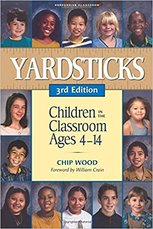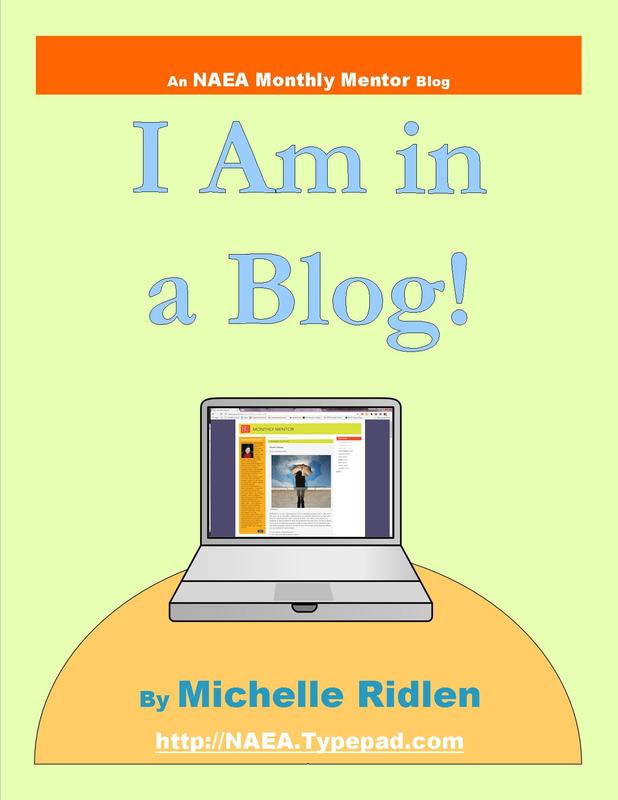|
As good teachers are apt to do, whenever you sit down to plan lessons or activities for your students, you keep in mind where they are in their learning. Where do their abilities typically lie? What are students of this age group interested in learning about? What would build their learning and experiences from last year through to next year? What would challenge and motivate them? How can I excite them and foster their curiosity? All of these questions also come up when we write curriculum. What I especially appreciated when we were examining standards this time was how developmentally appropriate the National Visual Arts Standards are. The writing team must have taken time to thoughtfully consider not only how to scaffold skills in each artistic process, but also where students of each grade are typically at in their physical, social-emotional, language and cognitive abilities and development. When we first started writing curriculum using these new standards, we received a little push back about how we were challenging our kids. We often heard we weren't being "developmentally appropriate" in the tasks that we were asking students to participate. Although this feedback was in reality from a few outliers, when you are trying something new, you can be more susceptible to criticism. "Are we doing the right things for our kids?" "What exactly does it mean to be developmentally appropriate anyway?" "What does that look like for my students?"
Keeping these needs in mind, we can better develop a course that fits the child as opposed to making the child fit the course. The arts truly are integral to allowing students to stretch and grow, if we let them. How do you feel about your curriculum and the way it fits your students? Are you able to meet their specific individual needs while also encouraging and fostering their skill development and growth? I'd love to hear more about the needs of your students and how you structure a curriculum to meet them in the comments below...
0 Comments
Leave a Reply. |
Hello!I'm Michelle. I am very excited to try my hand at blogging and sharing my thoughts and reflections in the field of art education. Original NAEA Blog PostsNAEA Blog Posts
I started blogging at the invitation of the National Art Education Association for their Monthly Mentor column. See those original blog posts here. Categories |




 RSS Feed
RSS Feed